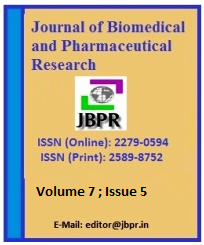Relationship Between Peripherally Inserted Central Catheter Position and Associated Complications in Neonates: A Case-Control Study
Abstract
In neonatal intensive care units (NICUs), the use of peripherally inserted central catheters (PICC) is essential for managing neonates requiring long-term intravenous access. However, incorrect positioning of the PICC catheter tip can lead to serious complications such as catheter-related bloodstream infections (CRBSI), thrombosis, and mechanical failures. This case-control study aims to evaluate the relationship between the position of the peripherally inserted central catheter and associated complications in neonates. The study was conducted at a neonatal unit over a 12-month period, with neonates who had PICC placement for medical management. A total of 100 neonates were analyzed, with 50 in the case group (those with complications) and 50 in the control group (those without complications). The results indicate that improper positioning of the PICC catheter tip, particularly when it is not placed in the superior vena cava (SVC) or right atrium, is significantly associated with increased risk of complications, especially infections. The study highlights the importance of precise placement and monitoring of PICC catheters to prevent these life-threatening complications in neonates.
Keywords: Neonates, Peripherally Inserted Central Catheter, PICC, Catheter-Related Bloodstream Infections, Complications, Catheter Tip Position, Thrombosis.
![]() Journal of Biomedical and Pharmaceutical Research by Articles is licensed under a Creative Commons Attribution 4.0 International License.
Journal of Biomedical and Pharmaceutical Research by Articles is licensed under a Creative Commons Attribution 4.0 International License.





